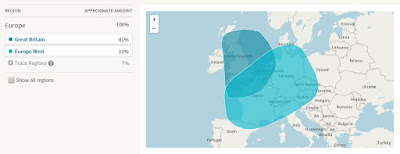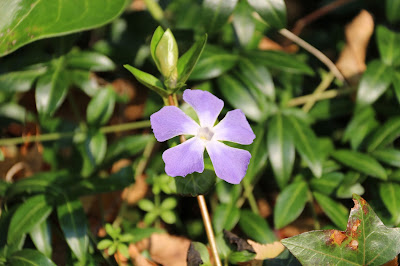
How has it come to this? What curse do we live under that we have to put up with the metric tonnes of what seems to be utter bullshit, fed to us by toxic politicians and an ever more toxic media? When did it become acceptable to hound and hunt people as a political strategy? To ‘claim scalps’ (is that the term?), make their lives and by extension ours, a living nightmare of sound bite statements, cherry picked factoids, half-truths, post-truths, sheer lies, manipulation and misdirection? When did we allow politicians and the media to talk to us in the way that they do? How is it possible for us to become so lazy, so apathetic, so disenfranchised that we allow others to do our thinking for us? To make decisions for us? And when things go wrong, or even when they haven’t, to tell us who to blame?
You’d think we would have learnt by this point, wouldn’t you? After all, politics by sound bite and policy by media forum has worked out so wonderfully well for us. Manipulating and driving the opinion of the masses using dog whistle, short termist strategies and the politics of expediency, nothing has done more to divide our society, break the chains of trust in our public institutions and send levels of societal trust in each other back to the Dark Ages than the freakish love affair between our media and the political class.
We are where we are and like many others I voted against every decision that brought us here. I'm just waiting for the point when the pooh hits the fan in politics, as it will big time over the ongoing cock-up that is Brexit which is shaping up to be the worst bout of political, economic and societal self harm in the UKs recent history.
Putting Brexit to one side and using it as just one example as the malaise of British politics, it's clear that the two-party adversarial parliamentary system is no longer fit for purpose. But where is the need for change being articulated? Certainly not by those with a vested interest in maintaining the status quo - and I include all parties in this. They are all paying lip service to change but are doing absolutely nothing about it. No discussions, no proposals, nothing. Nature abhors a vacuum so I'll fill it with my thoughts on constitutional change: Parsons Seven Point Plan for Reform, if you will.
1. I would make it compulsory for people to vote in general elections. If you live in a society, that’s part of the deal, along with paying your taxes. Compulsory voting would be conditional, of course, upon there being a box on the ballot paper marked “None of the above.” To require citizens to make the minimal effort of going to a polling station every few years seems to me the least that anyone could be expected to do.
2. I’d put limits on the length of time an MP can represent a constituency. Two terms in parliament is quite enough to see what someone has to offer. They can have a third term, maybe, if they’re a member of the cabinet or shadow cabinet, or chair of an important parliamentary committee. I'd extend the same restriction to other levels of government - county councils, parish councils etc.
3. I'd also bring in the requirement to have had a proper job before going into politics then you might start to see a political class which is representative of the country as a whole. We don’t have that now: the present system requires you to strike an attitude at 18 or 19 and never to deviate as you make your way up the greasy pole. The system rewards cases of arrested development. No thoughtful person can indefinitely justify things they thought when they were a teenager. I want parliament to be made up of representatives who think about things, instead of slavishly obeying the whips.
4. I'd abolish the House of Lords and bring in a fully elected second chamber. Either we are an elective democracy or we are not.
5. While we’re at it, we should turn the Palace of Westminster into a museum/tourist attraction and invent a new parliament, preferably outside London. If we do get to design a new chamber, let's get rid of the across-the-aisle confrontational lay-out. Maybe a circular chamber would encourage more collaborative behaviour?
6. We do not have a written constitution. We should have. If we did, it would make talking about 'British values' much more objective.
7. Oooh, almost forgot. Last but by no means least, it's time for the Royal Family to be consigned to the history books. Let's make Queen Elizabeth, Queen Elizabeth the Last.
Gosh, I'm beginning to sound like Mr Angry from Tunbridge Wells. But I don’t think the UK is going to hell in a handcart. It’s still a beautiful and precious place. It’s just that I don't think we have learned how to manage the consequences of capitalism and affluence. Maybe things will be better in 2017 than they might seem at the moment? I travel into the New Year with optimism and whistling this tune...
























































